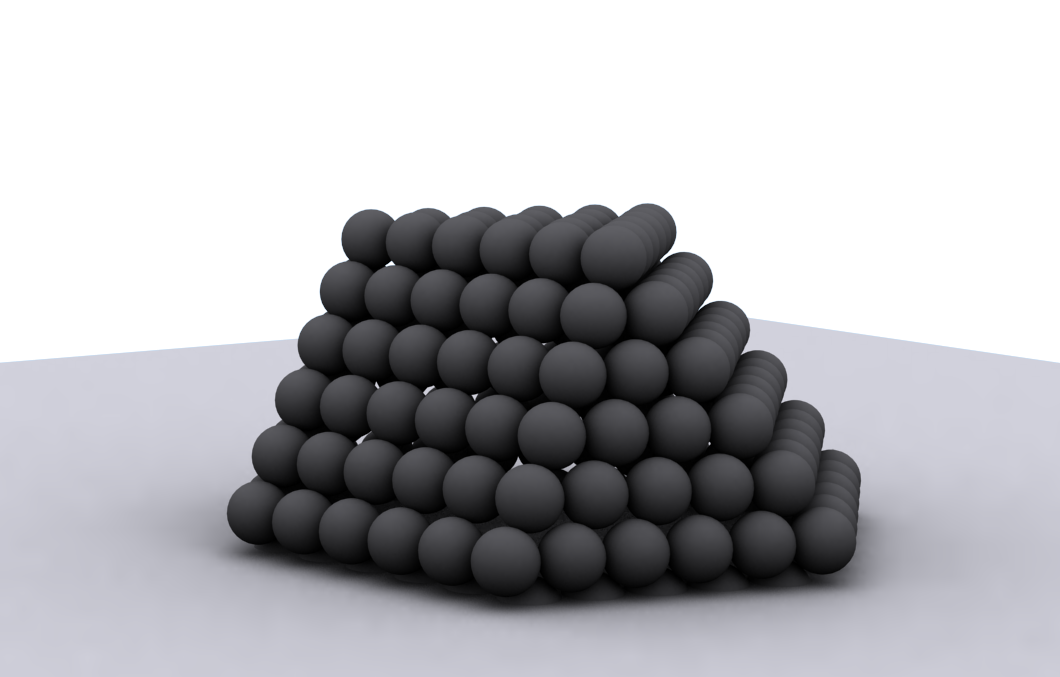| << Chapter < Page | Chapter >> Page > |
A catalyst is a "substance that accelerates the rate of chemical reactions without being consumed". Some reactions, such as the hydrodechlorination of TCE, [link] , don't occur spontaneously, but can occur in the presence of a catalyst.
Metal dispersion is a commong term within the catalyst industry. The term refers to the amount of metal that is active for a specific reaction. Let’s assume a catalyst material has a composition of 1 wt% palladium and 99% alumina (Al 2 O 3 ) ( [link] ). Even though the catalyst material has 1 wt% of palladium, not all the palladium is active. The material might be oxidized due to air exposure or some of the material is not exposed to the surface ( [link] ), hence it can’t participate in the reaction. For this reason it is important to characterize the material.

In order for Pd to react according to [link] , it needs to be in the metallic form. Any oxidized palladium will be inactive. Thus, it is important to determine the oxidation state of the Pd atoms on the surface of the material. This can be accomplished using an experiment called temperature programmed reduction (TPR). Subsequently, the percentage of active palladium can be determined by hydrogen chemisorption. The percentage of active metal is an important parameter when comparing the performance of multiple catalyst. Usually the rate of reaction is normalized by the amount of active catalyst.
Thermal conductivity is the ability of a chemical specie to conduct heat. Each gas has a different thermal conductivity. The units of thermal conductivity in the international system of units are W/m·K. [link] , shows the thermal conductivity of some common gasses.
| Gas | Thermal conductivity (W/m·K) |
|---|---|
| Hydrogen | 0.18050 |
| Argon | 0.01772 |
| Helium | 0.15130 |
| Carbon Monoxide | 0.02614 |
A thermal conductivity detector has four filaments that change resistance according to the thermal conductivity of the gas flowing over it. Two filaments meassure the reference gas and the other two measures the sample gas. The detector is isothermal; it will increase or decrease the voltage in each of the resistors in order to maintain a constant temperature. The temperature of the detector is 125 °C. When both the reference and samples gas have the same composition and same flow rate, the resistors are balanced and the detector will zero the signal. If there is a change in flow rate or in the gas composition the detector will react to maintain the constant temperature. The detector circuitry can be described using a Wheatstone bridge configuration as shown in [link] . If the gas flowing through the sample has a higher thermal conductivity the filament will cool down, the detector will apply a higher voltage to keep a constant temperature and this will be recorded as a positive signal.

Notification Switch
Would you like to follow the 'Physical methods in chemistry and nano science' conversation and receive update notifications?